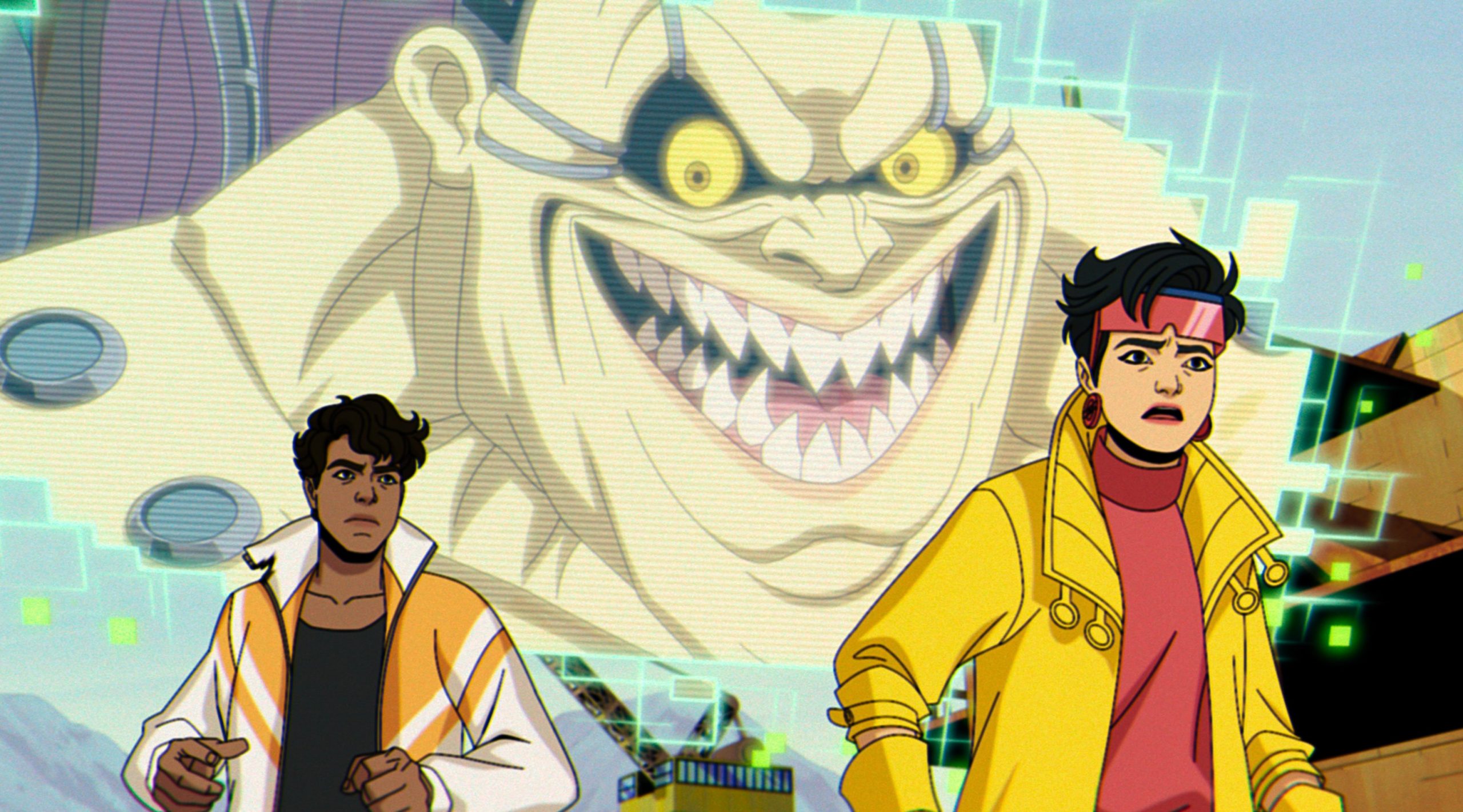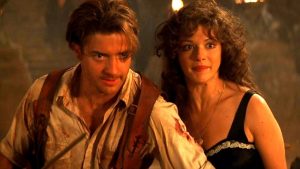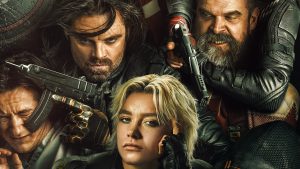
This X-Men ’97 article contains spoilers.
It takes five minutes for “Motendo” segment of the latest episode of X-Men ’97 to reveal its big bad. A stomach-churning yellow creature covered in metal appears on screen and yells, “I am Mojo, your primetime psycho inter dimensional TV producer who feeds off ratings!”
That’s actually a pretty good description for Mojo, one of the strangest Marvel villains of all time. The “Motendo” segment finds Mojo kidnapping Jubilee and Roberto Da Costa (not yet taking his Sunspot moniker) and sending them into a video game. There, they battle various computerized baddies and garner praise from an audience, which in turn makes Mojo more powerful.
Unsurprisingly, the segment includes plenty of nods to the history of X-Men video games. And if you’re the type of person who got upset that the episode used a SNES portmanteau to describe a system that looked like a Sega Genesis/Mega Drive, and that the video game world they entered looked more like the six-player arcade game than the maddeningly frustrating Genesis game… then you’re exactly the type of person that Mojo makes fun of.
Before popping up in X-Men ’97, or in the episodes “Mojoverse” and “Longshot” from X-Men: The Animated Series, Mojo fought not Marvel’s merry mutants, but the luck-powered Longshot. In 1985’s Longshot #3, written by Ann Nocenti and penciled by Arthur Adams, a flashback explains the strange world in which Longshot exists. Born into slavery, Longshot performs stunts to the delight of the dominant race of his universe, creatures called the Spineless Ones. The Spineless Ones built their entire society around television, which allowed the TV producer Mojo to rise to power and name the world after himself, dubbing it the Mojoverse.
After Longshot escapes the Mojoverse and comes to Earth-616, Nocenti and Adams teamed with their frequent collaborator Chris Claremont to bring the characters into the X-Men line. By virtue of his luck-based mutation, Longshot joins the X-Men, and the team regularly gets pulled into the Mojoverse, where they get forced into various programs for the entertainment of the Spineless Ones.
These entertainment forms lead to some wonderfully oddball takes on the X-Men. Mojo turned them into cute lil’ kids and dubbed them the X-Babies to appeal to a different demographic. Convinced that monsters were becoming cool again, Mojo transformed the Avengers Unity Squad from Uncanny Avengers (a team made up of Avengers and X-Men) into Martian Transylvania Super Hero Mutant Monster Hunter High School. There, the Avengers are handsome jocks while the X-Men are moody goths who trade insults in high school hallways.
In 1992’s X-Men #10, written by Scott Lobdell and Jim Lee and penciled by Lee, Mojo gets meta by forcing the X-Men to fight exaggerated versions of themselves, which gets to the heart of the character. When Nocenti and Adams created Mojo way back in the ’80s, he was a parody of publishers and editors with their endless demand for entertainment and spectacle instead of the sort of more challenging art that the writers and artists wanted to create.
But over the years, those demands tend to come less from editors and publishers and more from the fans themselves. If a story doesn’t show proper deference to what the fans want or expect from a property, then they get angry and drop the story altogether.
As fun as the series has been, X-Men ’97 exists for that very reason. It’s filled with references and deep cuts to other X-Men stories, from the original voice actors returning for the new show to the video games driving “Motendo.” Case in point: the new character introduced in “Motendo,” the scavenger Abscissa who turns out to be an older Jubilee caught in Mojo’s world.
Abscissa comes from the comics, where she made exactly two appearances, in 1992’s Wolverine #52-53 (written by Larry Hama and penciled by Marc Silvestri). In that story, Mojo captures Jubilee and brings her to the future, where she witnesses the end of all reality, an event called “the Big Crunch.” In the face of the end of everything, Jubilee agrees to become Mojo’s slave, donning the spikes outfit and calling herself Abscissa. Abscissa and Mojo capture the prime Jubilee to take her to the Big Crunch and make the same offer. But because our Jubilee is a hero, she refuses and shatters the timeline, causing Abscissa to disappear and never return.
At least, not until the “Motendo” segment. There, Abscissa provided the deepest of deep cuts for the show, something only true fans will understand. Fortunately, the story still worked even for those who didn’t get the references, turning in a fun, breezy superhero adventure. And it improves Abscissa’s backstory from being Mojo’s slave to a clone of Jubilee fighting against Mojo’s system. It’s overall a bit more satisfying than the original comic book appearance.
But for those who booed because the segment changed some of the details, well… the Spineless Ones will provide “proper” entertainment for you next time.
X-Men ’97 is streaming now on Disney+.
The post X-Men ’97 Just Brought Back One of the Weirdest Villains in Marvel History appeared first on Den of Geek.







